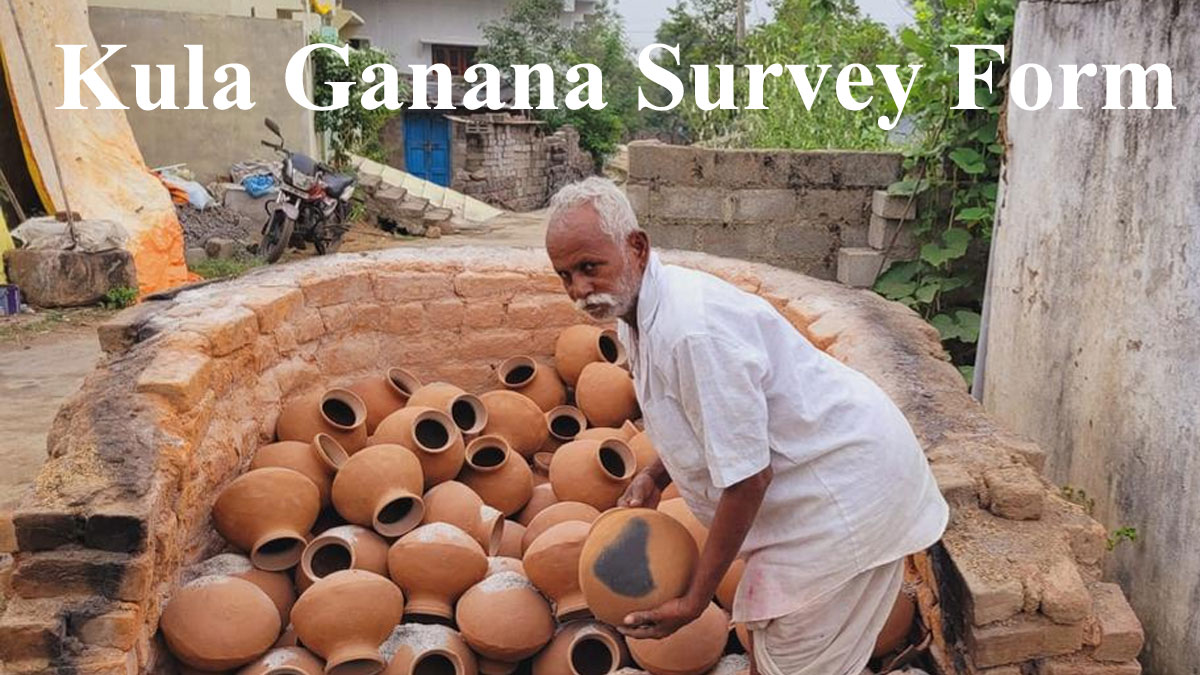Are you interested in the Telangana Kula Ganana Survey? This survey by the Telangana government aims to collect important socio-economic data about families living in the state. It is helpful for many people, especially artisans like potters, who hope this survey will bring more support and benefits.
Telangana Kula Ganana Survey 2025: Overview
The Kula Ganana, or caste survey, gathers details about households across Telangana. It helps the government understand the social and economic status of the population better. The survey form collects data that can help improve welfare schemes and support communities like artisans, farmers, and labourers.
Take the example of Pochampally Komuraiah, a 65-year-old potter from Bhupathipur village in Peddapalli district. Pottery was once a thriving craft in his village with 80 families involved. But now only two potters remain, struggling to keep their tradition alive as many move to cities for better jobs. The survey could highlight communities that need support.
By filling out this survey form, you can help the government plan better programs for your area and community. It also shows that your skills, occupation, and culture matter.
What Details Does the Telangana Kula Ganana Survey Form Ask For?
The survey form has around 75 questions, with 56 main questions related to family details. It is mainly divided into two parts:
- Household Information: Name of household head, address, contact details, and a unique household ID.
- Family Member Details: For each member: name, age, gender, relation to head of household, education level, occupation, religion, and caste category (SC/ST/OBC/General).
- Economic Details: Monthly income, employment status, land and property ownership details.
- Government Benefits: Information on registration and benefits from government welfare schemes.
- Other Information: Migration status, disability details, and languages spoken (options include Telugu, Hindi, Urdu, Lambada, Koya, Tamil, Kannada, Malayalam, and more).
How Does This Survey Help You and Your Community?
By taking part in the Telangana Kula Ganana Survey:
- You help the government understand your community’s needs better.
- It can improve access to welfare schemes made for your caste, occupation, or area.
- Artisans like potters can get recognition and better support to keep their crafts alive.
- You help preserve your culture and traditions by sharing accurate information.
- It helps in planning policies for education, employment, land rights, and disability support.
Supporting local artisans by choosing handmade products also helps keep our heritage alive while boosting their income.
If you want to check or download the Telangana Kula Ganana Survey Form PDF, watch official government websites or local authorities in your area. Filling the form carefully with correct information will make sure your household is counted properly in this important survey.
Join hands in making Telangana’s future better with this survey and help your community grow.
